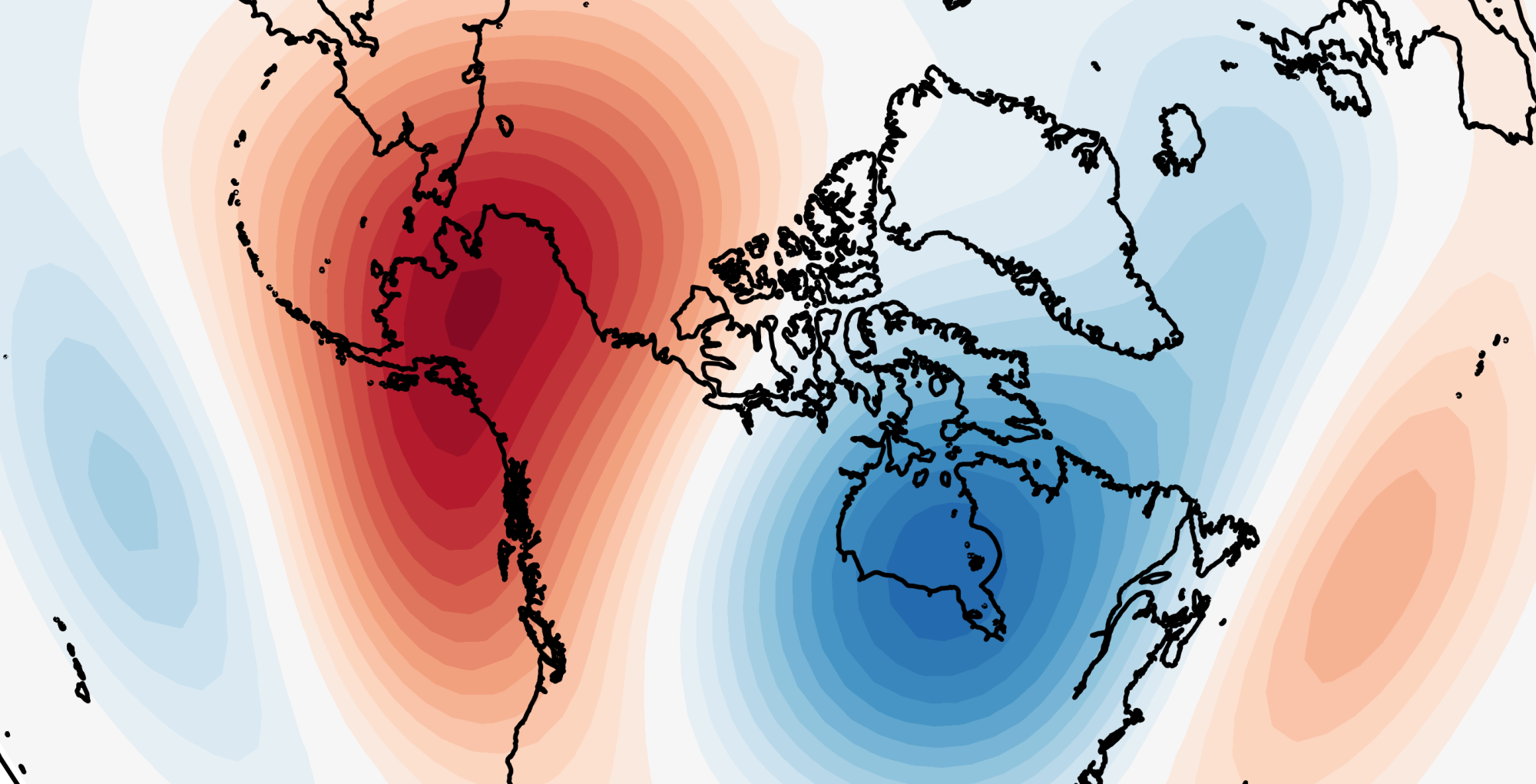The most commonly-used diagnostic of the strength of the stratospheric polar vortex is the zonal-mean zonal wind at 10 hPa (~30 km) and 60°N (U10-60), which is westerly during winter. It is an easy diagnostic to compute and understand, which probably helped drive its uptake. Reversals of U10-60 to easterlies indicate either a major sudden …
Continue reading "The importance of the polar vortex at 100 hPa"
